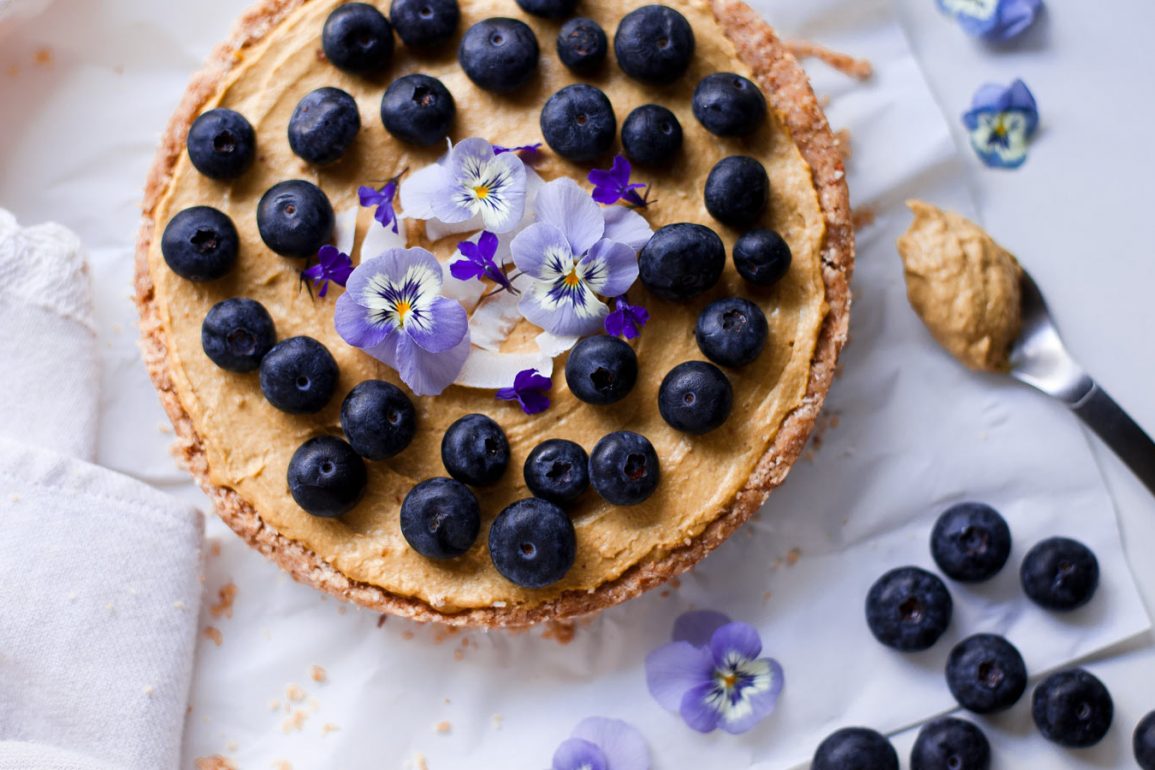Some flowers do not bloom for the eye alone, but for the part of us that hungers for colour as much as for taste. Purple-blue edible flowers have a way of turning any plate into a little constellation — their tones cool and deep like twilight, or luminous like the edge of a summer sky after rain. They arrive on the table as both decoration and mood, lending grace, freshness, and an unspoken story to whatever they touch.
Why Purple-Blue Edible Flowers?
True blue is one of nature’s most elusive colours — fewer than a tenth of flowering plants carry it in their petals, and when they do, it’s often brushed with purple, as if the garden could not quite hold the sky without a trace of dusk. This rarity makes every blue-toned bloom feel like a treasure: a momentary apparition that will not linger. On the plate, these hues cool the eye and sharpen the appetite, evoking fresh water, shadowed woodlands, and the quiet hours before night. They balance the warmth of summer fruits and golden pastries, and when paired with other colours, they create a harmony that feels both regal and effortless.
In cooking, the science deepens the magic — blue pigments, often anthocyanins, shift with pH, allowing the cook to play alchemist: coaxing sky into violet or indigo with a drop of citrus or a whisper of baking soda. To serve a blue or purple-blue flower is to serve both flavour and wonder, a fragment of the rarest spectrum.
A curated list of purple-blue edible flowers for your kitchen
Borage (Borago officinalis)

Star-shaped and and sky-bright, borage offers a crisp, watery cucumber essence that cools the palate. Their crisp flavour pairs beautifully with chilled soups, garden salads, and iced drinks. Scatter them over yogurt or freeze into ice cubes for a slow, blue unfurling in the glass.
Lavender (Lavandula angustifolia)

Velvet-tipped and fragrant, lavender carries the memory of dry hills and warm stones. Its floral-citrus aroma is intense — best used sparingly — and lends a whisper of Provence to biscuits, custards, or syrups. The purple-blue spikes also dry well, holding both perfume and beauty long after summer.
Pansies (Viola × wittrockiana)

Velvet faces painted with deep blues, purples, and yellow hearts — pansies are the dramatists of the edible garden. Their flavour is mild, grassy, and sometimes faintly sweet, making them perfect for delicate garnishes. Place them whole on frosted cakes or press them into shortbread like little painted tiles.
Anise-Scented Sage (Salvia guaranitica)

Known as the anise-scented sage, its cobalt blooms rise like candle flames against green stems. Their gentle licorice notes shine in fruit salads, poached pears, or as a surprising accent in iced tea. Best added at the last moment to preserve their vivid hue.
Mealycup Sage (Salvia farinacea)
Soft, powdery blue spikes that sway in the breeze, mealycup sage carries a subtle herbal flavour — part grassy, part minty. Its beauty lies in its texture as much as its colour, making it a painter’s stroke in salads and dessert plates.
Lobelia (Lobelia erinus)

Tiny blossoms in shades from pale sky to deep sapphire, lobelia’s mild flavour and fragile texture make them ideal for short-lived displays — cocktails, canapés, or parfaits served immediately. Their sheer, delicate petals feel like a sprinkle of light itself.
Preserving the Blue
Blue in petals is a fragile magic — most often born of anthocyanins, pigments that shift with the dance of pH. In the warmth of cooking or the touch of acid, they drift toward violet or pink; in alkaline whispers, they deepen to oceanic blues. To hold their hue, serve them cool and fresh, or steep them briefly in neutral liquids. Flowers like butterfly pea (Clitoria ternatea) can even lend their indigo to syrups and teas, painting liquids a true sky-blue that turns purple with lemon’s kiss — a little kitchen alchemy, bottled.
Tips for Using Purple-Blue Edible Flowers
- Pair with contrasting tones — cream, bright yellow, and fresh green make these colours sing.
- Highlight texture as well as colour — rough stoneware, glossy glazes, or matte pastels set off blue petals beautifully.
- Use whole blooms for drama — pansies, borage, and sage blossoms hold their shape best on the plate.
- Add as a last breath— most blue flowers fade in heat; add them just before serving.
Final Note
Purple-blue edible flowers are not simply garnishes — they are edible fragments of the rarest light. Whether you scatter borage over a salad, let lavender steep in honey, or freeze pansy faces into ice, you are not just adding colour. You are preserving a fleeting wavelength, serving the taste of twilight and the memory of a summer that will not come again.

